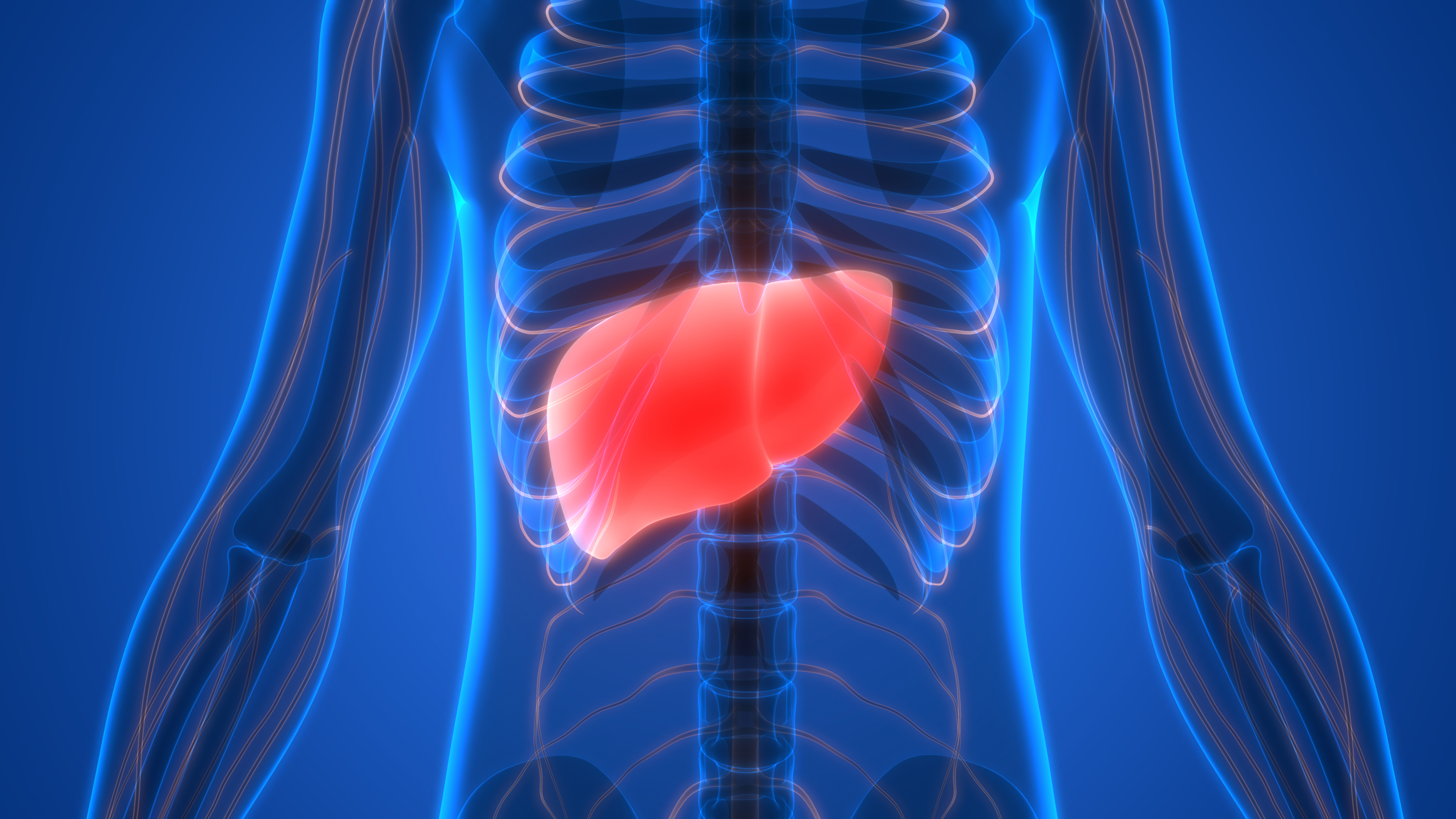#NACFC2016 – Ways on Horizon for Detecting Liver Disease in Young CF Patients
Written by |

Liver disease in cystic fibrosis (CF) patients needs to be detected much earlier, but early detection is increasingly likely as research interest in severe forms of the condition has grown.
That was the message relayed during a talk by Dr. Daniel Leung of Baylor College Of Medicine in Texas, presented today at the 30th Annual North American Cystic Fibrosis Conference (NACFC), taking place in Orlando, Florida (Oct. 27–29).
The talk, “Evidence-Based Management of CF Liver Disease,” was held during a session called “CF Gastroenterology Comes of Age: Best Practices & DIGEST.”
Liver problems in patients with CF range from mild to severe, and about 10 percent of patients develop the severe form. But they often do so with little warning, as early stage disease commonly does not give rise to symptoms.
A second challenge in diagnosing liver disease in CF patients lies in the fact that many standard screening tests do not correspond well to the severity of the disease.
Still, an early diagnosis is crucial, Leung said, as treatment may prevent disease progression to more severe stages, which often lead to malnutrition, abnormal liver blood flow, and, occasionally, liver failure.
A study of 155 children who underwent a liver transplant due to CF liver disease found that most patients were near or in their teenage years (75% ages 9 to 17), although ages ranged from 0 to 17, and 60% were males. Interestingly, several studies have shown that severe CF liver disease develops in adolescence, with no incident cases reported beyond age 18.
CF liver abnormalities almost exclusively strike patients carrying the more severe class I-III CFTR mutations. Such mutations prevent the production or regulation of the chloride CFTR channel.
While many studies state that liver disease, a poorly working pancreas, and a history of intestinal blockage in newborns represent a more severe CF type, no studies demonstrate a link between particular mutations and certain symptoms.
Risk factors for developing liver disease in CF, such as malnutrition and alcohol consumption, are linked to the accumulation of fat in the liver.
Leung pointed out that annual screening for liver disease is recommended for all CF patients, and should include both physical examination and extensive lab tests of liver values. A study in children showed that a marker called APRI seemed to predict the development of liver disease, as well as liver fibrosis in children with known liver problems.
If repeated examinations and lab tests indicate that liver disease is present, Leung said the next step should be a complete abdominal ultrasonography. Additional methods such as doppler ultrasound and magnetic resonance imaging (MRI) may be used to better track changes in blood flow and fibrosis, particularly if physicians suspect severe liver disease.
Increasing evidence points to liver fibrosis as key to liver disease development in CF. A clinical trial called PUSH (NCT01144507) is currently exploring whether certain ultrasound methods that measure liver stiffness, as an indirect measure of fibrosis, may better predict progression to cirrhosis if combined with other clinical observations.
Despite current challenges, Leung believes that early detection of liver disease in CF will be possible in the not-to-distant future.






